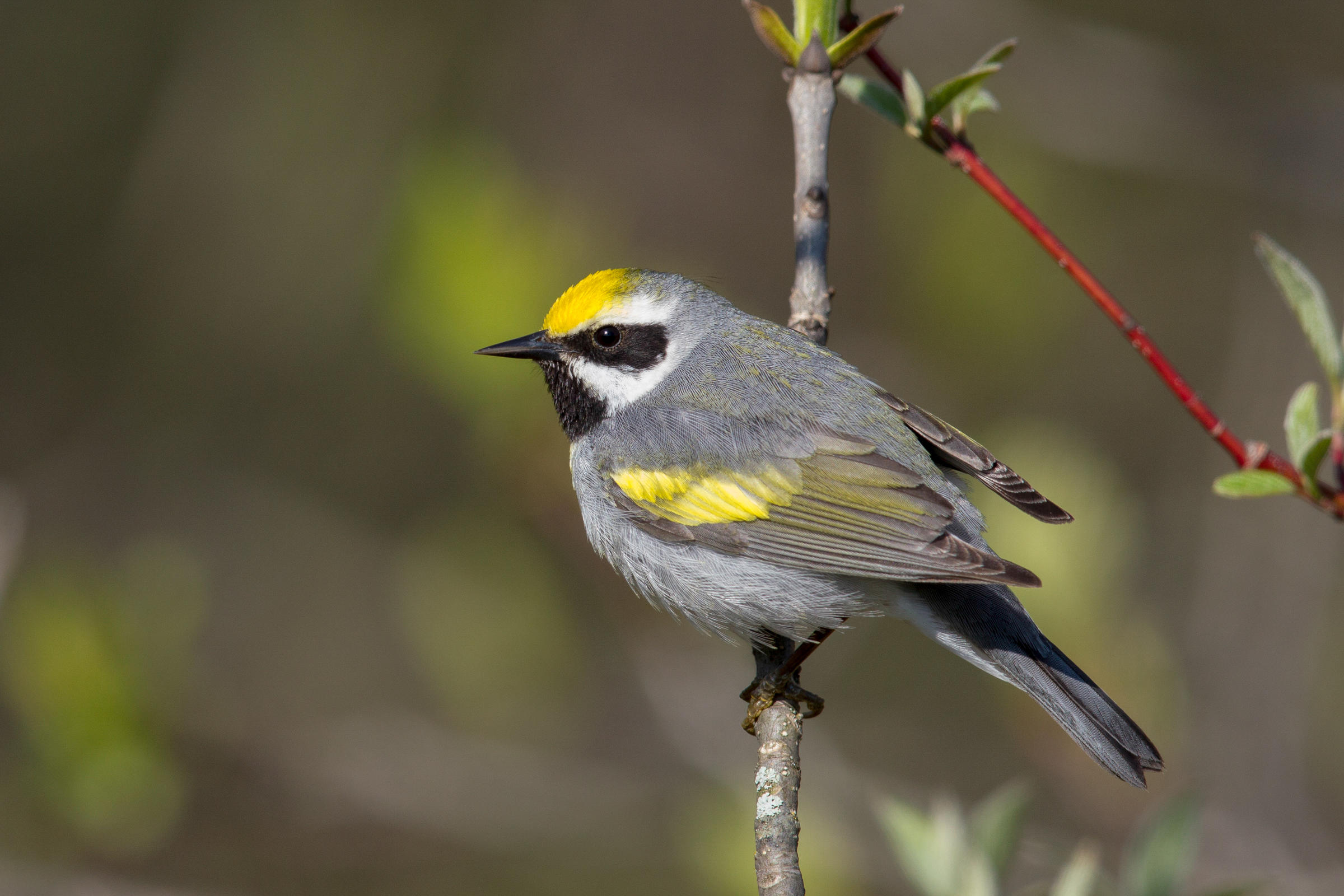A New Approach to Forest Management
With Audubon’s latest science showing that nearly two-thirds of birds are at risk of extinction due to climate, it is critical that we find balanced solutions to reduce carbon emissions, while also seeking natural solutions to capture carbon. Audubon Mid-Atlantic's Healthy Forest Program is setting out to do just that. Recently, Audubon received over $183,000 in grant funding from the National Fish and Wildlife Foundation (NFWF) to to create healthy forest habitats for birds and sequester carbon through partnerships with private landowners in the Appalachian Mountains of Pennsylvania. The grant will allow Audubon Mid-Atlantic to develop infrastructure to advance landscape-scale conservation on private lands by establishing Forest Bird Conservation Centers in the Pennsylvania Wilds and expanding the footprint of ongoing work on Pennsylvania Game Lands in the Laurel Highlands. This project will integrate best management practices for forest birds with actions designed to sequester carbon and amplify climate resiliency within forested ecosystems, marking the first known plan of its kind in the nation.
Healthy Forest Program
Through its Healthy Forest Program, Audubon Mid-Atlantic has embarked on a unique project, integrating forest management practices designed to sequester carbon with those aimed at producing habitat for declining forest-bird species. No other project has attempted to integrate management actions for carbon with those for enhancing bird habitat. This new project uses the American Forest Foundation’s Family Forest Carbon Program as the platform for incentivizing science-based practices that will bring new forest-management options to private landowners.
The goals of the project are two-fold:
- Sequester carbon
- Create habitat for birds and other wildlife
To do this, we are working to develop hybrid carbon-bird practices that meet both goals.
"Eighty percent of forest birds rely on private lands for nesting habitat and new science suggests that managing those same forests can help to mitigate climate change by amplifying carbon sequestration. Our new grant brings together science-based management for birds and carbon in an innovative, win-win approach that seeks to stabilize bird declines and sequester carbon at the same time. As an added benefit, the project will pay private forest landowners to implement these management practices, adding a new way for landowners to gain value from their forests.” - Ron Rohrbaugh, Director of Conservation Science and Forest Programs
What is Healthy Forest Management
In the early 1900s, a forest preservation mindset emerged in the eastern U.S. in response to decades of unregulated forest clearing, mining, and burning. These activities forever changed our forests. Today, science-based management, and not just simple protection alone is required to repair forest damage, especially on private lands where timber harvesting practices have often been driven by financial motives alone and not a balance of science and timber production.
Management to create connected forest stands across public and private forest lands is critical, as we consider the needs of forest birds. Many depend on different forest age classes and structural conditions in a single forest or across adjacent patches to successfully complete their breeding cycles. For instance, Golden-winged Warblers, Cerulean Warblers, and Wood Thrush require young, mixed-successional, and mature forests, respectively. But, new research suggests that these age classes alone are not enough. For example, Golden-winged Warblers move their fledglings into older forests soon after leaving their nests in young forests. Wood Thrush and Ovenbirds move their families to younger forest patches after nesting in older forest. As a result, these species need a mix of forest ages and structural conditions over landscape scales to nest and rear their families
To meet the needs of forest birds, it is important to manage both public and private lands, especially considering that 71% of Pennsylvania’s 16.7 million acres of forest is owned by families. Involvement of these families can truly help overall forest health. Audubon Mid-Atlantic’s new project, through its link to the Family Forest Carbon Program, will pay landowners to implement practices that sequester carbon and at the same time create habitat for priority bird species—thus improving forest health for all Pennsylvanians and helping family forest owners to extract value from their lands.

Prairie Warbler Photo: Gary Robinette/Audubon Photography Awards
Healthy Forests Guides
Audubon Pennsylvania has published a series of three Healthy Forests guides for forestry professionals. Learn more and access free downloads here.
Learn More and Get Involved
Donate to Audubon
Help secure the future for birds at risk from climate change, habitat loss and other threats. Your support will power our science, education, advocacy and on-the-ground conservation efforts.
Become a Monthly Donor
Donating monthly is flexible, easy and convenient and makes you a champion birds can count on, no matter the season.





